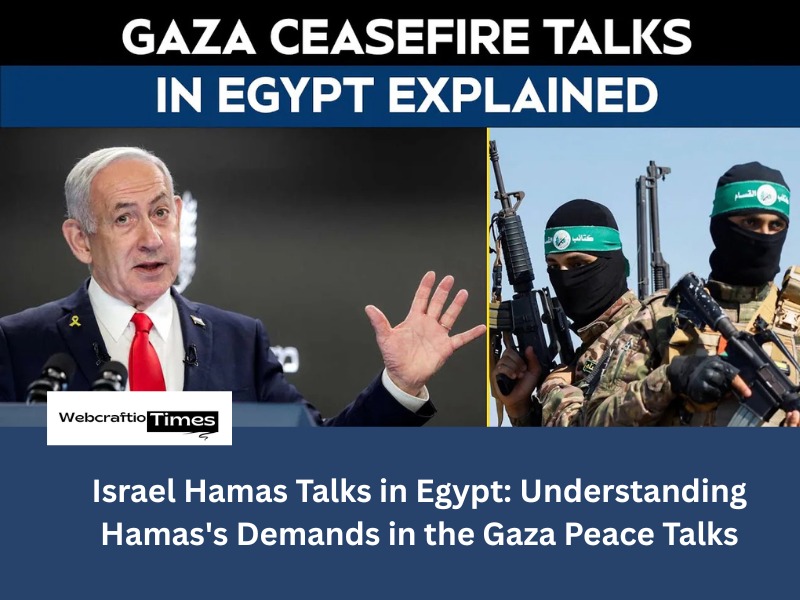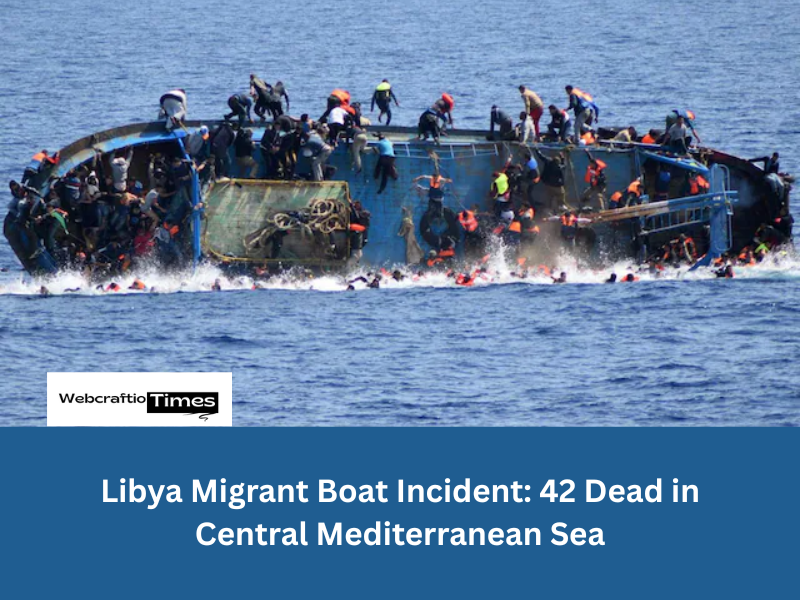The growing humanitarian crisis in Gaza has replaced the ongoing Gaza peace talks in Egypt. These talks, which Egypt and Qatar’s tireless efforts are handling, come at an important stage in the ongoing war between Israel and Hamas.
Understanding the complicated network of demands made by Hamas is essential to understand the difficulties of establishing a lasting peace. Even as the world is waiting for a breakthrough. This blog post looks at the key concepts of Hamas’s policy. Describing the main challenges still in place as well as possible next steps.
The Three Main Demands: Aid, Withdrawal, and Ceasefire
Hamas’s demands in the Gaza peace talks represent Hamas’s goals for the future of Gaza and the end of war are at the foundation of the way they are negotiating. They offer these as non-negotiable elements for any long-term agreement rather than just as negotiating notes:
The End of Gaza War: Hamas’s Demands for a Full and Permanent Ceasefire
If we look closely at Hamas’s demands from Israel, this is the most popular demand by Hamas. Hamas is well aware of past situations in which short-term ceasefires have ended and reopened hostilities.
Their serious concern that any hostage release under a temporary pause would just open the way for Israel to resume its military campaign. Once its current objectives are met is the reason behind the Hamas demands that Israel provide clear guarantees from both the United States and Israel for a permanent end to the war in Gaza.
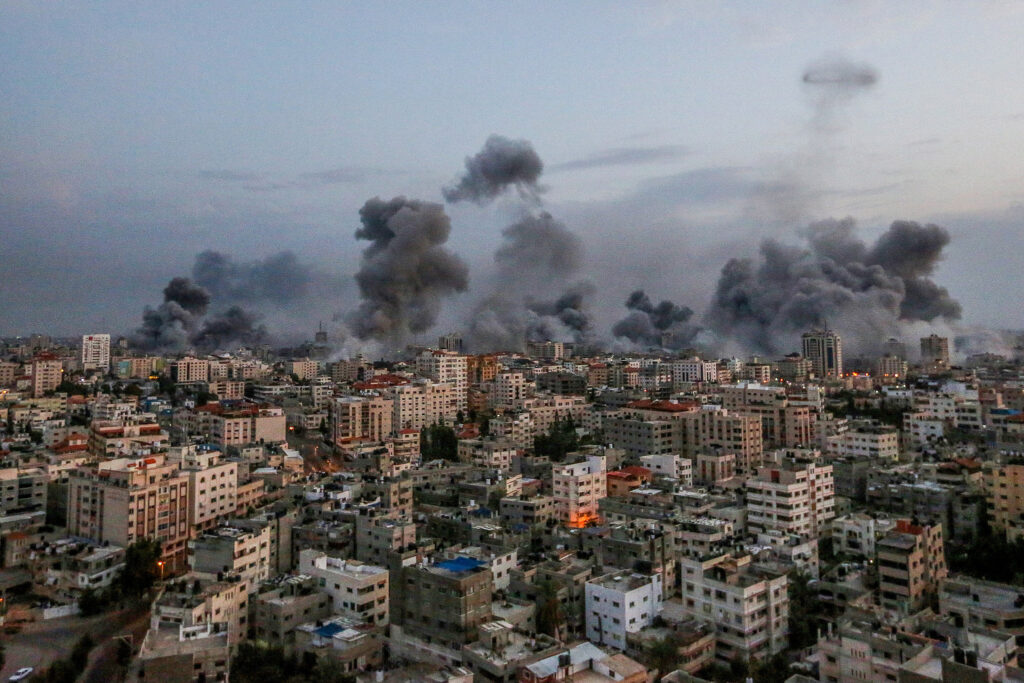
For Hamas, a “permanent ceasefire” means the end of all military operations, including naval blockades, ground attacks, and aerial bombardments. This demand is challenging to extract because it requires a substantial change in Israel’s declared goal of destroying Hamas’s military capabilities.
Read More : Israel Intercepts Global Sumud Flotilla, Detains Hundreds of Activists
2. Hamas’s Demand for Complete Israeli Withdrawal from Gaza:
Hand-in-hand with a permanent ceasefire is Hamas’s demand for the complete withdrawal of all Israeli forces from every inch of the Gaza Strip. This is not merely a logistical request but a deeply symbolic one, signifying the end of Israeli military presence and control over the enclave. Crucially, Hamas has explicitly linked the release of the final Israeli hostages to this complete withdrawal, creating a quid pro quo scenario that underscores the gravity of this demand.
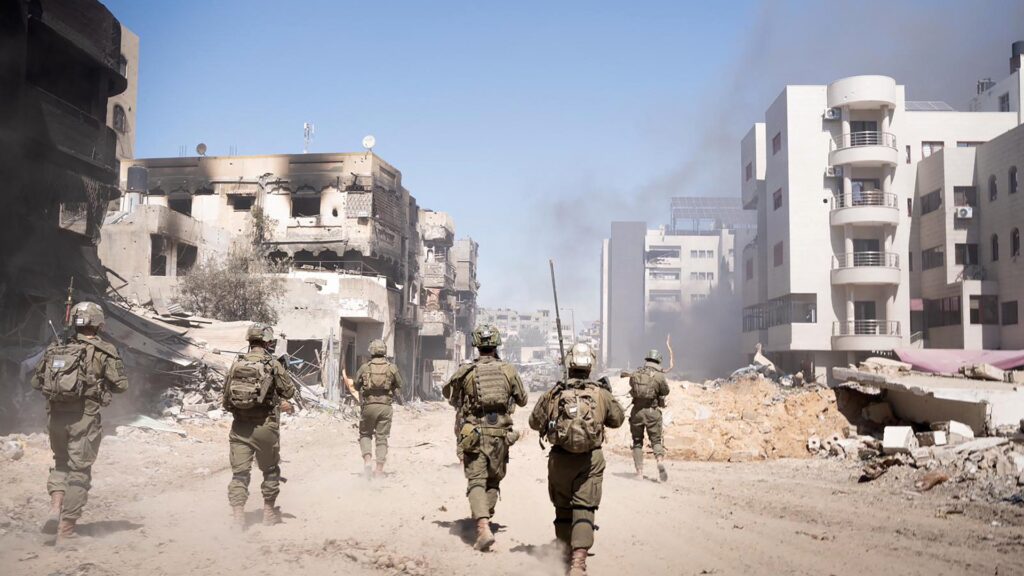
The phased nature of a potential withdrawal, with corresponding hostage releases, would likely be a central theme in any detailed agreement. However, the ultimate goal for Hamas is an Gaza free of Israeli military boots on the ground.
3. Unrestricted Humanitarian Aid For Gaza: A Hope for People of Gaza:
There is no denying the humanitarian crisis that is developing in Gaza. For more than two million Palestinians, the situation is getting worse due to blockades, infrastructure destruction, and restricted entry points. In addition to being morally required. Hamas’s demand for the free entry of relief and humanitarian aid is also strategically sound. To reduce suffering and stop additional deaths. It is essential that everyone has unrestricted access to food, medicine, water, and other necessities.
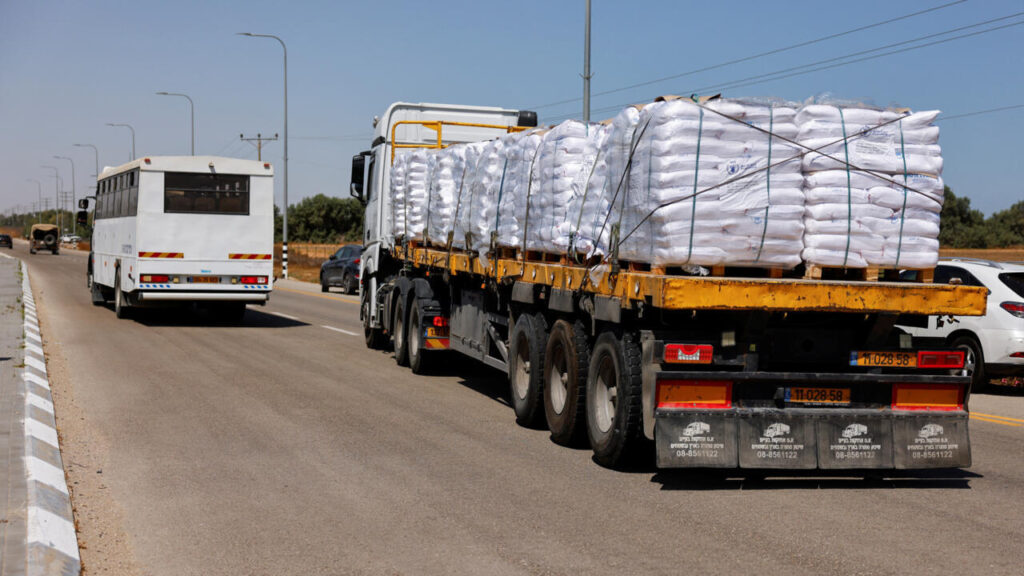
In addition to paying attention to the possible collective punishment meted out to the Gazan population, this demand seeks to apply pressure from around the world for its prompt implementation. Aid must be provided immediately and continuously to stabilise the civilian population if any peace agreement is to succeed.
4. Return of Displaced Persons: Rebuilding Lives and Communities in Gaza:
Hundreds of thousands of Palestinians have been forcibly displaced by the conflict within Gaza, with many taking refuge in small shelters in unsafe conditions. Regardless of the size of the damage. Hamas maintains that every displaced person has the right to return to their homes.
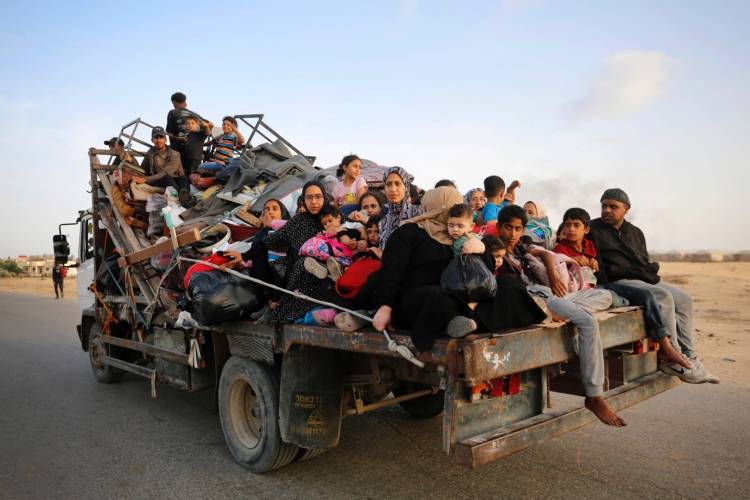
This demand speaks to the fundamental right of return and the need to begin the process of rebuilding communities shattered by war. The logistics of facilitating such returns. Especially in areas heavily damaged by Israeli military operations, present a monumental challenge that would require significant international assistance and coordination.
5. Reconstruction Under Palestinian Guidance:
Beyond short-term help, Hamas wants to rebuild Gaza from the bottom up. They call for the full reconstruction process to begin right away. But with a crucial condition: it must be overseen by a national body of officials from Palestine.
Hamas wants a permanent, comprehensive ceasefire, a complete withdrawal of Israeli forces from Gaza and the immediate start of a comprehensive reconstruction process….Source:DAWN
The part which may be meant to exclude or restrict direct Israeli involvement in the reconstruction efforts, especially in a political sense, reflects Hamas’s desire to preserve some degree of Palestinian agency and control over the reconstruction of their territory.
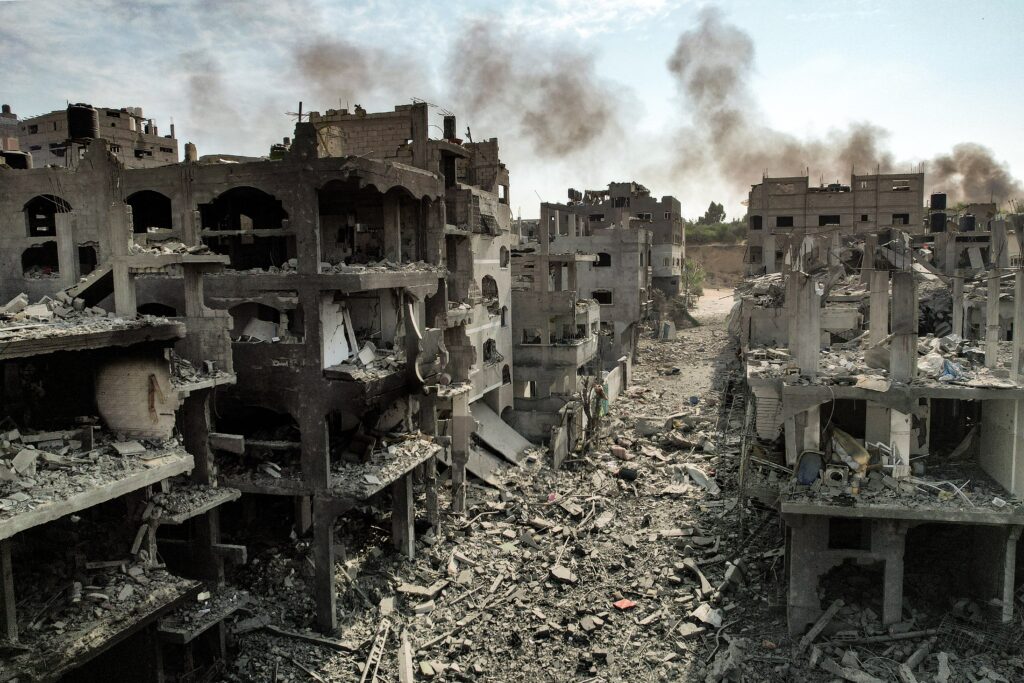
The exact composition and mandate of such a “technocratic body” would be a significant point of negotiation, as it touches upon the broader question of post-war governance in Gaza.
The Demand of Prisoner-Hostage Exchange
The important and highly sensitive issue of the hostage-prisoner exchange appears as the immediate driver for any agreement. Even though the general principles mentioned above serve as a foundation.
The Marwan Barghouti Factor: A High-Profile Demand:
Among the myriad of Palestinian prisoners whose release Hamas is demanding, the inclusion of Marwan Barghouti stands out. Barghouti, a prominent Fatah leader currently imprisoned by Israel, holds significant symbolic weight within Palestinian society.
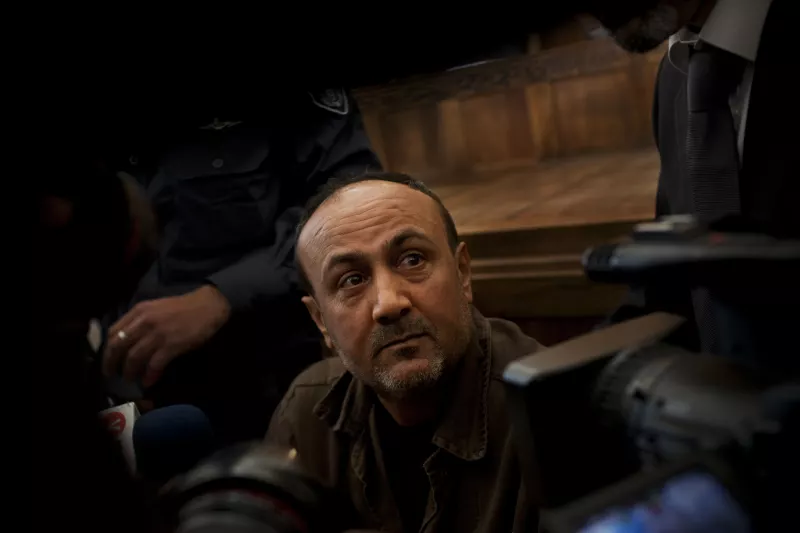
If Israel releases him. It will be seen as a major victory for Hamas and a happy moment for the Palestinian people. This demand looks hard to fill, as Barghouti’s release would be a politically charged decision for Israel.
The “Hostage Collection” Challenge: Hostilities Have to Pause Firstly:
A practical demand for the hostage release has also been added by Hamas. Who claim that they can only start collecting the Israeli hostages after the Israeli military campaign in Gaza is over. They argue that their agents are unable to safely collect and transfer hostages, many of whom are thought to be held in complex tunnel networks. Due to the ongoing conflict, which includes intense bombardments and military operations.
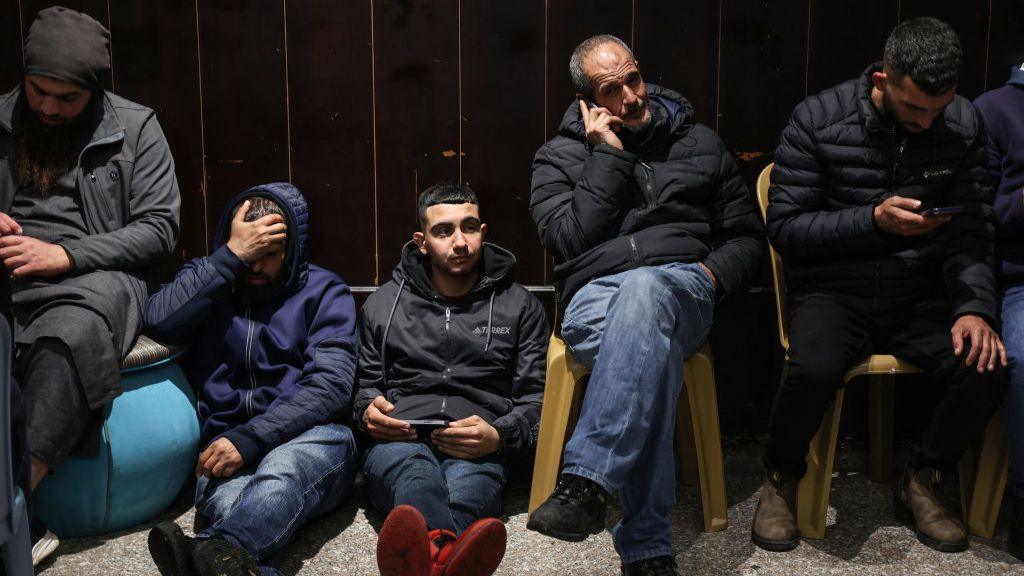
This condition effectively demands a full pause in hostilities even before the full details of an exchange are implemented. Creating a challenge for Israeli negotiators who seek to secure the hostages’ release without necessarily halting operations completely beforehand.
Post-War Gaza Governance: Points of Contention
Beyond the immediate cessation of hostilities and exchanges, the future governance of Gaza looms large as a critical, and often divisive, topic. While Hamas has shown some flexibility, significant red lines remain.
Rejecting Foreign Military Presence, Welcoming Arab Coordination:
Hamas has consistently rejected the deployment of any foreign military forces in Gaza. Viewing such a presence as an infringement on Palestinian sovereignty. However, they have indicated a willingness to consider Arab forces operating in coordination with a Palestinian Authority-led technocratic government.
This nuanced position suggests an openness to a security presence that is both Arab-led and under Palestinian political oversight. As opposed to a purely international or Israeli-controlled force. This distinction is crucial for understanding their long-term vision for security in Gaza.
The Unwavering Stance on “Resistance” and Disarmament:
Perhaps the most significant ideological and practical hurdle in the post-war scenario is Hamas’s steadfast refusal to disarm. Both Hamas and allied Palestinian factions have publicly reaffirmed their commitment to “resistance” and have categorically rejected calls for their complete disarmament.
This stands in direct opposition to a core tenet of the US-backed peace plan and a non-negotiable demand from Israel. This seeks to prevent Hamas from posing a future military threat. This fundamental disagreement on the future of armed groups in Gaza represents a deeply entrenched ideological divide that will be exceptionally difficult to bridge.
The Road Ahead: A Complex Tapestry of Demands and Realities
The ongoing talks are a high-stakes endeavor, with global implications. The detailed demands from Hamas, while seemingly rigid, offer a glimpse into their strategic calculations and core objectives. Achieving a breakthrough will require immense diplomatic skill, flexibility from all parties, and a willingness to confront deeply entrenched positions.
The humanitarian imperative drives the urgency. But the path to a lasting peace in Gaza remains a complex labyrinth, with each demand representing a critical thread that must be carefully unraveled to weave a future free from conflict.
The potential framework under discussion, often referred to as the “Trump 20 Points” in previous iterations, serves as a backdrop, but the current negotiations are forging new ground in a dramatically altered landscape. The world watches, hopeful that common ground can be found to end the suffering and build a sustainable future for Gaza.
Frequently Asked Questions (FAQs) on the Hamas-Israel Peace Talks
1. Where are the current peace talks between Hamas and Israel taking place, and who is mediating them?
The current indirect talks are primarily taking place in Egypt (specifically Sharm el-Sheikh) and are being mediated by Egypt and Qatar. And the United States also playing a key role in proposing the overall peace framework.
2. What is Hamas’s most critical demand regarding the fighting in Gaza?
Hamas’s most critical demand is for a permanent and comprehensive ceasefire and guarantees that Israel will not resume its military operations once any hostages are released. They fear a temporary pause would only allow Israel to complete its military goals.
3. What is the key demand Hamas links directly to the release of the final Israeli hostages?
Hamas insists that the release of the last Israeli hostage must coincide with the final and complete withdrawal of Israeli forces from all of the Gaza Strip.
4. What is Hamas’s position on the future governance of Gaza and the deployment of foreign forces?
Hamas rejects the deployment of any foreign military forces in Gaza. However, they have indicated they would welcome Arab forces operating in coordination with a Palestinian technocratic body to manage post-war security.
5. What major Israeli and US demand does Hamas currently reject?
Hamas and its allied factions have firmly rejected the demand for their complete disarmament and the relinquishing of their “resistance” capabilities. Which Israel views as necessary to eliminate the future threat from Gaza.
For More Latest Updates : Visit Us

